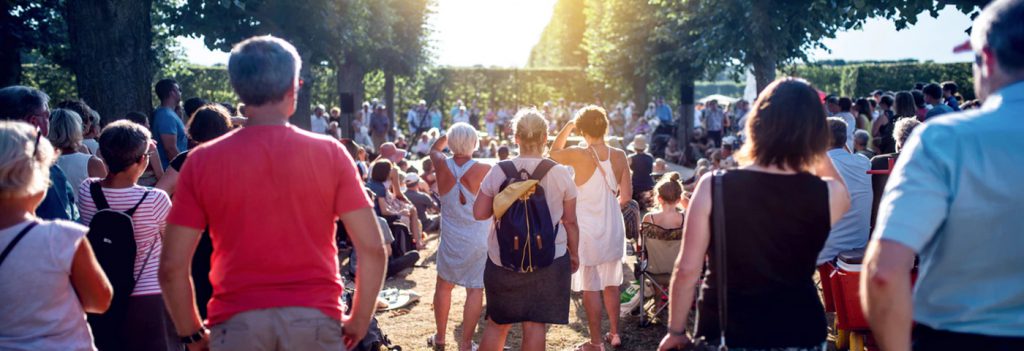While there is little discussion of overtourism in the travel trade press and many destinations are in denial, the issue is hot in the national and local press. The issue is not going to fade away. At WTM London, Barcelona, London and New York are being interviewed by Martin Brackenbury about the challenge of coping with success and about what they are doing to manage the problem.
Barcelona identified the problem earlier than any other city, and they have been developing methods of managing tourism and day excursionists for a decade. The challenge of coping with large numbers of tourists in the public realm is both large and complex. Where there is a gate, as in there are attractions, it is possible to increase prices and introduce limited numbers of timed tickets. At the Giant’s Causeway and Carrick-a-Rede in Northern Ireland the National Trust has introduced timed tickets and limited numbers. At Carrick-a-Rede timed tickets were introduced limiting the numbers crossing the bridge top at 240 per hour. Visitor Experience scores have dramatically improved as a result – from 56% in July 2016 to 88% for this year to date. At the Giant’s Causeway, which in 2017 received over 1 million visitors, the Trust has controlled coach arrivals, allowing them to remain for only two hours, and only three coaches are allowed to arrive every 15 minutes every other hour.
The challenge in cities is more difficult as it is difficult to close the public realm. Barcelona has over the last decade developed a whole toolbox engaging nearly all departments of the city government in managing tourism flows. They will be talking about the methods they’ve used and about what has worked well and why in a session at WTM London. This is a session not to be missed if you want, or need, to learn about how to cope with success.
Successive administrations have worked to develop a knowledge base to inform decision making through a transparent and open policy-making process – governance is at the heart of managing tourism in the public realm. They are spreading the benefits of tourism by encouraging people to visit other parts of the city and greater Barcelona, addressing mobility by public transport, controlling illegal and licensed accommodation, managing public spaces, and using taxation and grants, regulation and planning to shape the development of tourism in ways which are synergistic with those who live and work there. They are beginning to use tourism to make a better place to live in and to visit.
Don’t miss their session on ‘What we can learn from Barcelona‘ at WTM London.

